The most terrible predators: "school" myths about primitive warriors are dispelled
By Pictolic https://pictolic.com/article/the-most-terrible-predators-school-myths-about-primitive-warriors-are-dispelled.htmlMyths and riddles are everywhere! How did a weak ancient man manage to survive among predators, where did the Neanderthals go and why can anthropologists be trusted at all? This year marks the centenary of the Department of Anthropology of Lomonosov Moscow State University. Associate Professor of the department, Candidate of Biological Sciences Stanislav Drobyshevsky dispelled some secrets.
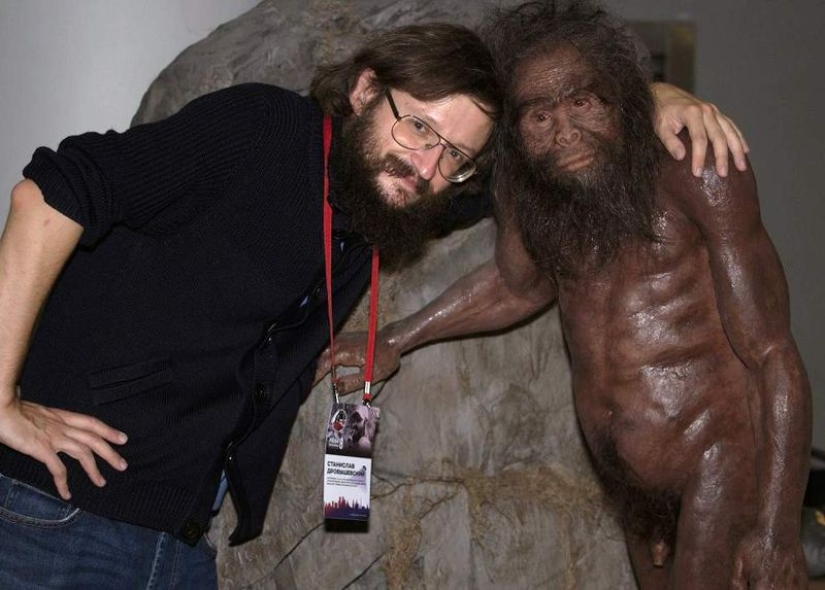
Man is the weakest animal
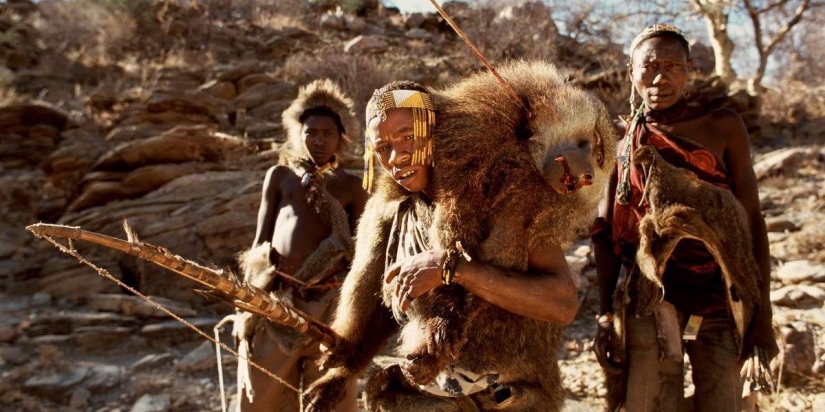
How could ancient people survive without fangs and claws? Unless by a miracle!
Man is the most vicious and creepy predator. Because a person is very smart — he has a stick or a stone that can be thrown. And as soon as he realized this more than 2.5 million years ago and got tools, all the problems with survival disappeared.
Watch videos on YouTube of bushmen or Maasai taking prey from cheetahs and lions with their bare hands, without weapons. Yes, there is a non-zero probability that a bushman will fall into the teeth of a lion. But it is more likely that the lion will suffer from the bushman than vice versa. And this applies to all hunting groups. Take the Evenks: a bear, of course, can kill an Evenk... however, there are fewer bears, and hunters are doing well!
Sometimes people died because of animals. Among the ancient finds there are bitten skulls — for example, the skull of a Neanderthal from Cova is a Negro with two holes from fangs. But these are exceptions. But there are plenty of bones of predators in the parking lots of primitive people. If we look at modern hunter-gatherer tribes, we will see the same picture in detail. I went to Africa this summer. In the territories where the Hadza live, it is impossible to see animals. They hide, and the poor hadza have to hunt gerbils and turtle doves.At the same time, the Hadza's weapons are only bows — the most wretched and primitive. The tips, however, are metal, and they also lubricate them with poison. But at the same time they do not know how to make them themselves. Their neighbors, cattle breeders, make these tips from a tin can in three minutes. And that's it, that's enough. Yes, a leopard can ambush a person and kill him. Well, a man can ambush a leopard from an ambush! Only people do it much more effectively: they think over a strategy, a plan, know where to hide from the beast and how to track it down.
If you have seen large animals climbing under the windows of buses in nature reserves, this is solely because they will immediately be sent to prison for hunting there for several years. Plus, these animals do not understand that there is a person in the car. Baboons are smart, they understand and are afraid to approach. And where tribes can hunt, the animals immediately scatter at the sight of people.
So the opinion that a person is helpless, frail, and he runs slowly, and he sees poorly, and hears in no way, but he can't smell at all — this is all nonsense of the modern urban man in the street.
As a result, man is the dominant species with the problem of overpopulation, while large predators face the problem of extinction.
Primitive weapons are useless junk
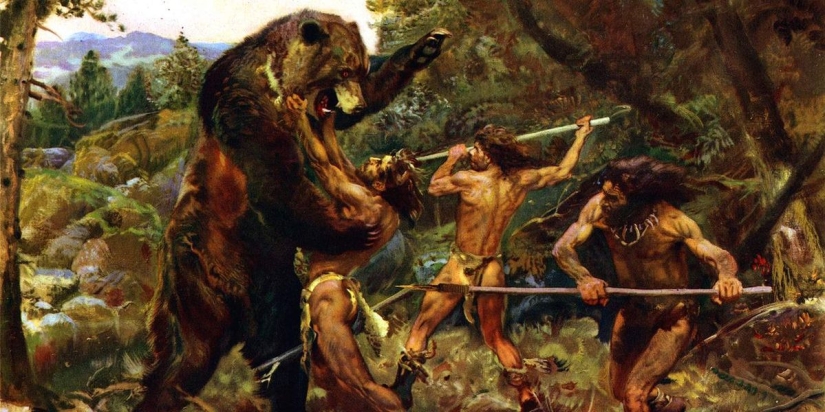
How did they fight and hunt at all? Is it possible to fill up a mammoth without a grenade launcher?
In terms of inflicting maximum damage to humanity, the most deadly is the spear. It has been used at all times. A long stick, sharpened it — and that's it. If the tip is attached— it's generally a beauty. A universal thing: you can throw, you can poke with your hand, the killing power is incredible.
The bow is also a very effective weapon, because of which rivers of blood were shed. But it became widespread about ten thousand years ago, and before that, for two million years, mankind made do with spears.
If you watch movies about the post-apocalypse or the invasion of zombies, all the heroes there are complete suckers. After all, the first thing to do in such a terrible situation is to sharpen yourself a hefty spear. Nothing is scary with him anymore. And everyone goes with some knives, hammers... complete nonsense.
Primitive warriors fought for territories

For the Motherland, for home, sweet home, for the birch tree over the river. And what else is there to fight for?
You've undoubtedly heard the story about buying Manhattan from the Indians for beads. This is a real fact, and there have been many similar cases. And they happened because the territory had no value.
Primitive people lived in groups of 15-30 people — they simply could not feed more, so they had nothing to do with expansion. They were constantly wandering, as the resources in the occupied territory were running out. Imagine a small group of people, surrounded by a preglacial steppe or an African savanna.
Why fight? If someone else came, then there are problems: he got up and went a hundred kilometers away.
When a producing economy appeared in the Neolithic— then it made sense to unite the tribes, capture prisoners and somehow strain them. And even then they were more often sacrificed than used as labor. And if we are talking about more ancient times, why do the group need some outsiders? These are extra mouths.
Accordingly, it makes no sense to go to war on someone. If the number of the group exceeds 30 people, they will die of hunger — where can hunter-gatherers get so much food? And most importantly, other people's groups are no different. Their numbers and weapons are all the same. The only thing that can give an advantage is if, by some chance, there were fewer adult men in one of the groups. Let's say there are three men in one group and five in the other. With this scenario, you can sneak up at night and kill everyone - success!
But the risk from such actions is great, but what good is it? Except to eat the dead. But eating each other is not a very cool strategy: neighbors will quickly run out, and you need to eat every day. A person rarely breeds, the length of generations is 25 years. Therefore, although cannibalism was widespread everywhere, there was no point in hunting people — you can't get enough of them. Another thing is, if by chance a stranger turned up somewhere, then yes, why not eat it.
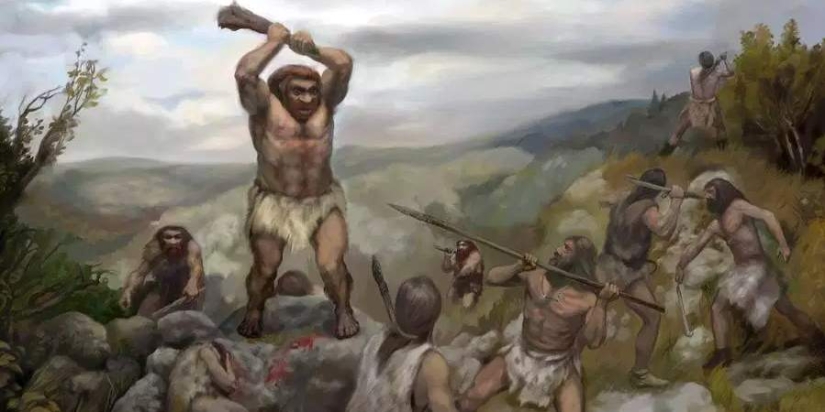
Where else could they have gone? Surely Cro-Magnons came from Africa to Europe, saw aliens there, and exterminated them at the root. The times were intolerant…
There is no clear evidence that a Cro-Magnon killed a Neanderthal. There are dead Neanderthals. There are Cro-Magnons killed. But how do you know who killed them? Most likely, the neighbors did it.
The idea of genocide comes from the fact that for Cro-Magnons, other Cro-Magnons are "their own", and Neanderthals are "strangers". But modern racist ideas are based on Iron Age categories. Whereas for a hunter-gatherer, "his own" are those 30 people whom he personally knows, his family. And the rest - that bears, that Neanderthals, that Cro-Magnons are strangers. What are they "their"? The fact that some have a more vertical forehead, while others have a more sloping one? So what? They all have a different language, everything is different. When the Amazonian Indians were asked how they perceive neighboring tribes, they said that there are jaguars, capybaras, Indians of another tribe, tapirs, other animals in the jungle — all separated by commas. So do not think that primitive people, who did not even have tribes yet, perceived their species as a kind of community.
What happened to the Neanderthals? The usual ecological displacement has occurred. Cro-Magnons bred faster; unlike Neanderthals, they had throwing weapons, meaning they got more prey. Plus, the Cro-Magnons used resources more widely - they ate everything in a row: fish, shellfish, and so on. And Neanderthals were more specialized - they ate only large ungulates. That is, the same territory could feed many Cro-Magnons and few Neanderthals.
In addition, there was mestization. Moreover, part of the male mestizos, apparently, was infertile, which also demographically beat the Neanderthals. And for Cro-Magnons, this was much less, since new purebloods constantly climbed out of the tropics, where the environment is richer and the area is larger (compare the size of Africa with Europe, half of which was then occupied by a glacier, and another third was uninhabited due to the cold). The new Neanderthals had nowhere to go. There were about ten thousand of them in Europe, and that's it. And in 10-15 thousand years they dissolved into Cro-Magnons.
Now we have a small percentage of their genes.
Evolution is a hypothesis that will soon be refuted
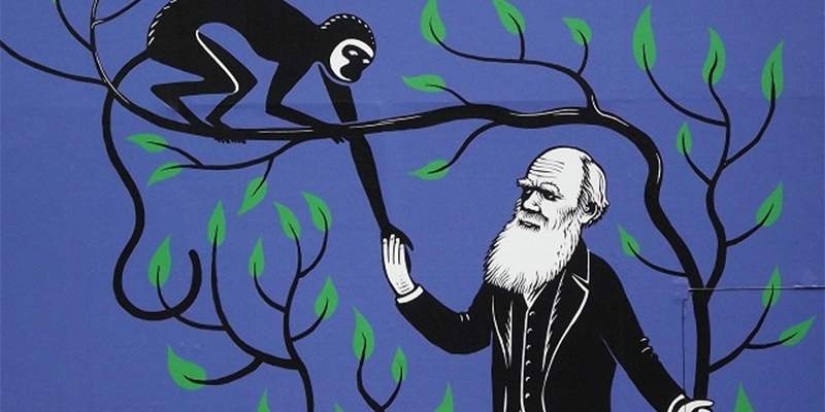
Scientists say one thing today, tomorrow they will discover something new and will say something completely different. Is it worth taking their words seriously?
The theory of evolution as a hypothesis has never been voiced. Darwin has been translating it from hypothesis to theory for 20 years. When he published his work, it was so reasoned that there was little that could be done about it. However, at that time they didn't know anything about genes.
By the way, the first geneticists, in particular, the founder of this science Thomas Morgan, were opponents of the theory of evolution. But in the 1920s and 30s, it was still unclear how everything worked, and the gene was some kind of mystical bullshit. When they figured it out, by the middle of the 20th century, a synthetic theory of evolution appeared. The next 70 years were not in vain either. The latest publications in scientific journals that evolution does not work belong, as far as I know, to the period before the war.
Now paleontology, comparative anatomy, comparative ethology, biochemistry, biophysics, molecular biology, genetics are based on the theory of evolution. It is practically applicable — conclusions follow from it that we use in life: in pharmacology, in agriculture, now genetic engineering has arrived. It has a predictive value (that is, if we use theory to predict the consequences of observed facts, and then they are fulfilled, then the theory works). But if someone wants to refute it, good luck.
This is about the theory of evolution. And evolution itself as a process has been going on for almost four billion years, and there will still be a lot of clarifications in our explanations of how this happens.
Discoveries are made every year. That's the whole point of science.
Keywords: Warrior | Educational program | Myths
Post News ArticleRecent articles

We present you a selection of amazing beaches — but today these are not standard holiday destinations, but really unusual places. ...

Aerial photographer cronista johnny Miller demonstrate dramatically the gap between rich and poor in cities of South Africa, Mexico ...
Related articles

Many have heard about this disease, like rabies, can even say that it is a result of the animal bite, and the victim will have to ...

Date of 15 April 1912 was the largest Maritime disaster of the twentieth century — in the Atlantic, on the way from Southampton ...

The Japanese bestiary of supernatural creatures can rightfully be considered one of the most eerie. The fantasy of the inhabitants ...

On April 22, 1923, Bettie Page was born in Nashville, who became a sex symbol throughout the country in the middle of the century. ...